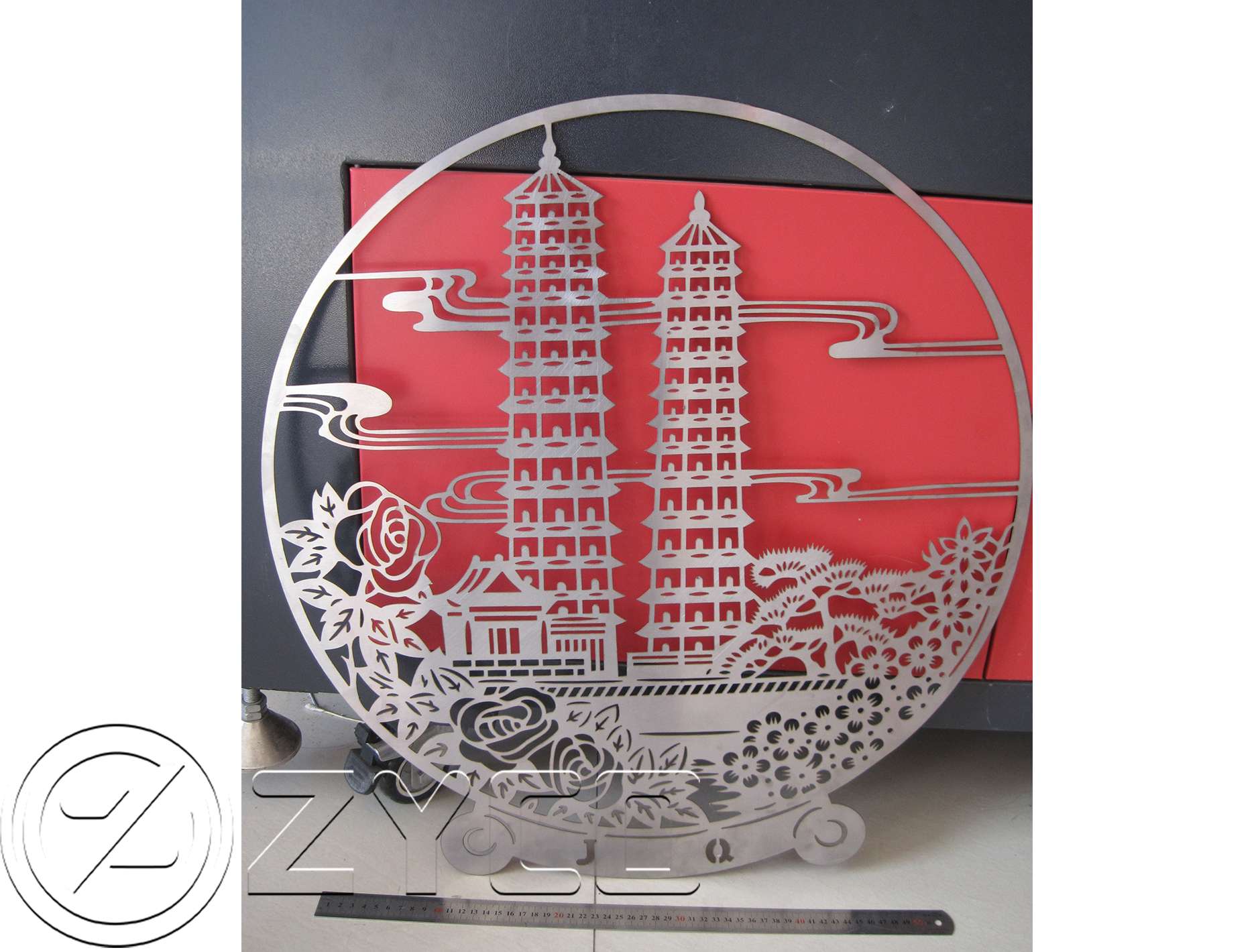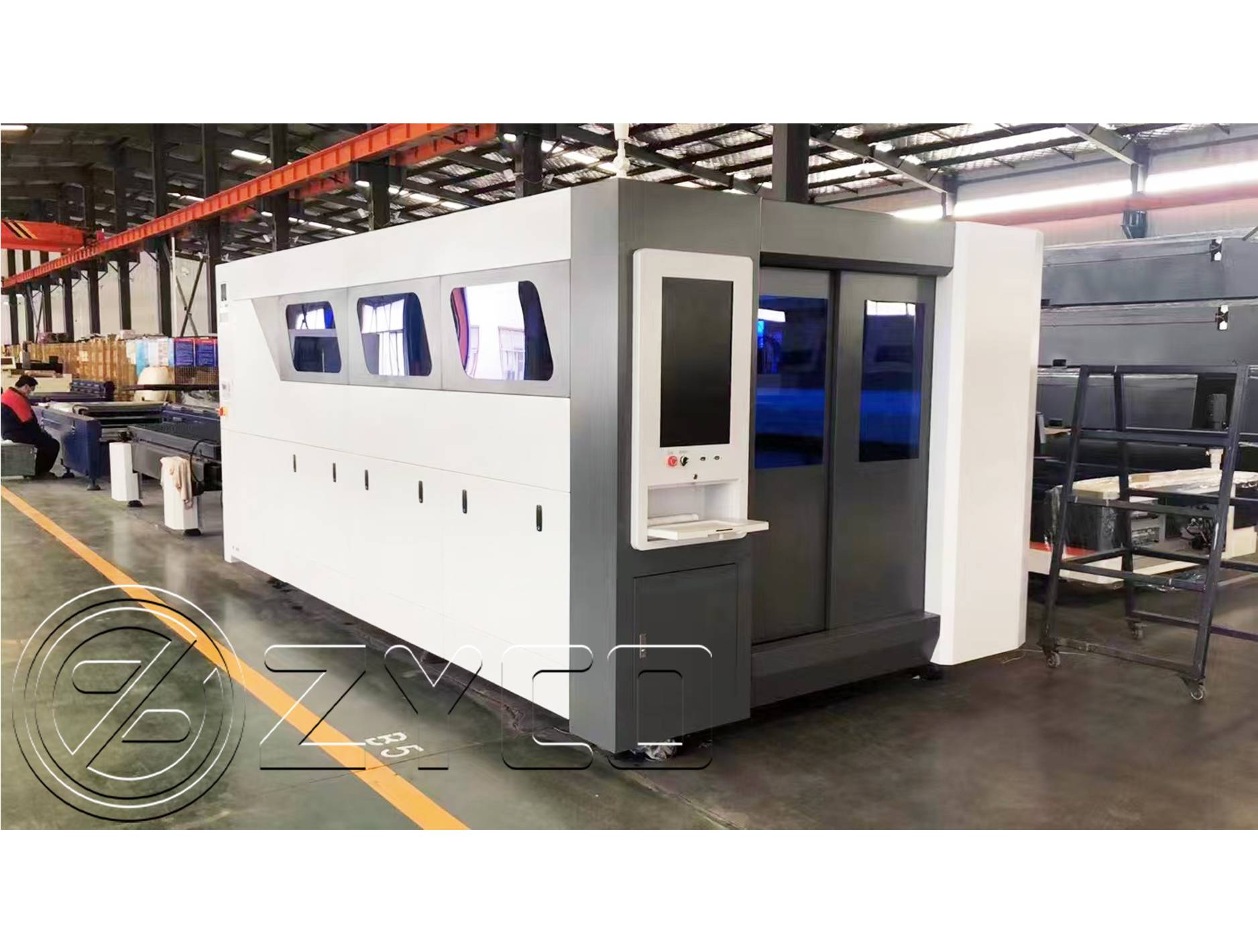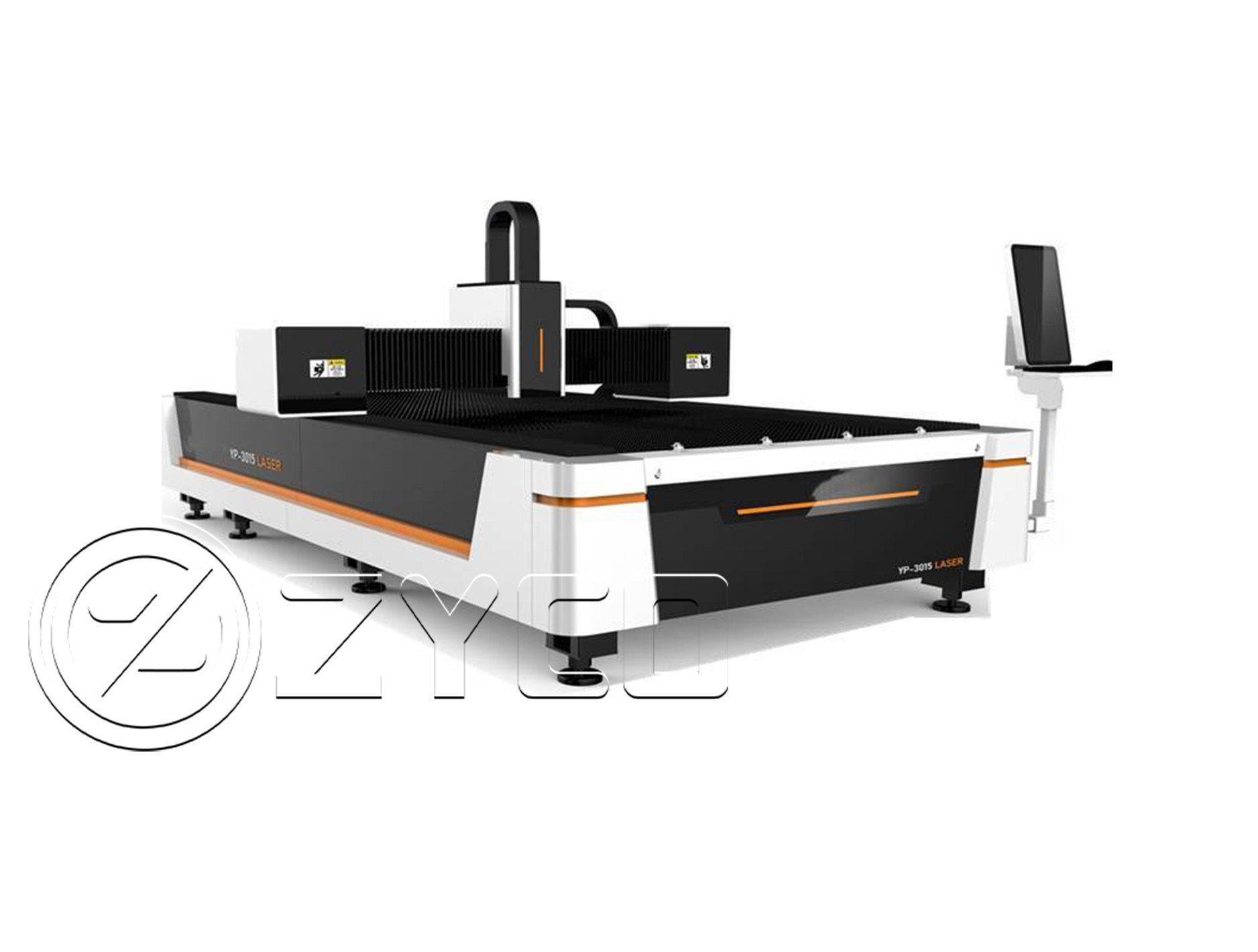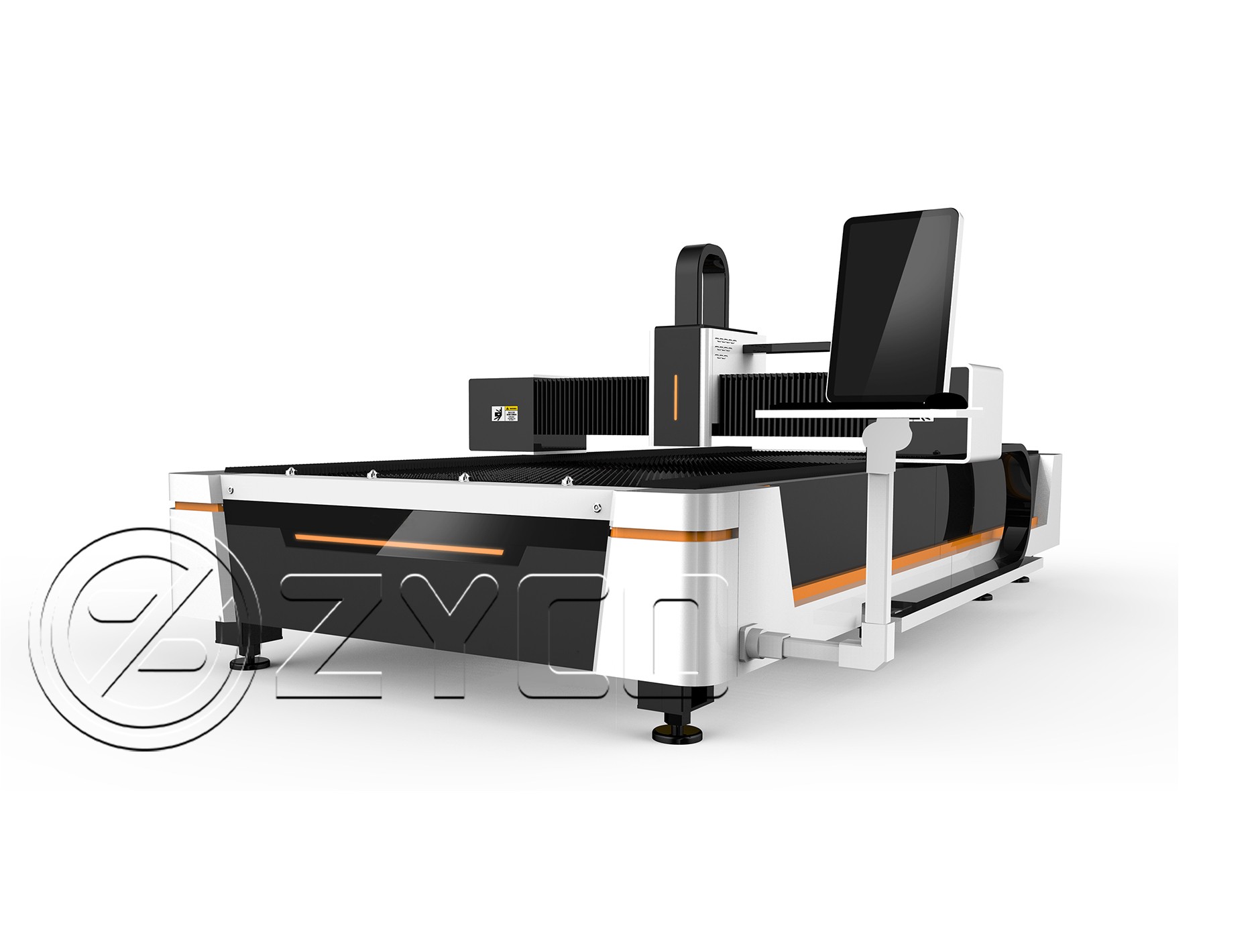As a modern processing equipment with high efficiency and high precision, laser cutting machines are widely used in metal processing, electronic manufacturing, automotive industry and other fields. This article will comprehensively analyze the operating mechanism of laser cutting machines from the working principle, core components, application scenarios to operating precautions.
Ⅰ. The core principle of laser cutting machine
The essence of laser cutting is to locally heat the material through a high-energy laser beam to make it melt, vaporize or reach the ignition point, and then blow away the slag through auxiliary gas to achieve cutting. Its core steps include:
1. Laser generation
Lasers (such as CO₂, optical fiber or Nd:YAG) generate high-energy beams by exciting particles in gas, crystal or optical fiber media. For example, CO₂ lasers use a carbon dioxide gas mixture to release infrared light with a wavelength of 10.6μm under a high-voltage electric field, which is suitable for cutting non-metallic materials; while fiber lasers (wavelength 1.06μm) are more efficient and good at metal cutting.
2. Beam focusing
Through a lens or curved reflector, the laser beam is focused into a tiny spot with a diameter of less than 0.1mm, and the energy density can reach 10⁶~10⁸ W/cm², instantly heating the material locally to thousands of degrees Celsius.
3. Material cutting
- Melting cutting: The metal material melts under heat, and the auxiliary gas (such as nitrogen) blows away the molten material.
- Oxidation cutting: Oxygen is used as an auxiliary gas to react with high-temperature metal to accelerate cutting (such as carbon steel).
- Vaporization cutting: For non-metals such as wood and acrylic, the material is directly vaporized.
Ⅱ. Core components of laser cutting machine
1. Laser generator
As the "heart", it determines the output power (500W-20kW) and wavelength. Fiber lasers have become mainstream because of their electro-optical conversion rate of >50%.
2. Cutting head
Contains focusing mirror, nozzle and gas channel. The automatic focusing function can adapt to materials of different thicknesses to ensure cutting quality.
3. Motion system
High-precision servo motor drives X/Y axis guide rails, and cooperates with CNC system to realize complex graphics cutting, with positioning accuracy up to ±0.05mm.
4. Control system
Equipped with CAD/CAM software, it converts the design drawings into machine instructions and adjusts parameters such as power, speed, and air pressure.
5. Cooling system
Water cooling or air cooling device prevents the laser from overheating and ensures stable operation.

III. Applicable materials and industry applications
1. Metal materials: stainless steel, carbon steel, aluminum alloy (high-power laser required).
2. Non-metallic materials: acrylic, wood, leather, ceramics (CO₂ laser required).
3. Typical applications:
- Automobile manufacturing: body sheet metal, airbag sensor.
- Electronics industry: mobile phone middle frame, flexible circuit board cutting.
- Art design: complex hollow sculptures, custom furniture.

IV. Advantages and limitations of laser cutting
1. Advantages:
- High precision (cutting seam 0.1mm), suitable for complex graphics.
- Non-contact processing, reducing material deformation.
- Fast speed (carbon steel cutting speed can reach 20m/min).
2. Limitations:
- Highly reflective materials (such as copper and gold) require special treatment.
- The equipment cost is high, and the cutting efficiency of thick plates (>25mm) is lower than that of plasma cutting.
V. Safety operation specifications
1. Protective measures
- Wear special goggles to prevent laser burns to the retina.
- Ensure that the work area is ventilated to avoid toxic fumes (such as chlorine gas produced when cutting PVC).
2. Equipment maintenance
- Clean the optical lens regularly to prevent power attenuation caused by pollution.
- Check the sealing of the gas pipeline to prevent leakage.
3. Parameter debugging
- Adjust the power, focal length and cutting speed according to the material thickness. For example, the recommended power for cutting 3mm stainless steel is 1000W and the speed is 3m/min.
VI. Future development trends
1. Intelligent upgrade
The AI algorithm monitors the cutting quality in real time and automatically corrects the parameters.
2. Ultrafast laser technology
Femtosecond laser achieves "cold processing", reduces heat-affected zone, and is suitable for brittle materials.
3. Green manufacturing
Energy-saving lasers and environmentally friendly auxiliary gases (such as air cutting technology) reduce carbon footprint.
Conclusion
Laser cutting machines have become the core tools of modern manufacturing due to their precision and flexibility. Understanding its working principle and operation logic will help maximize the potential of the equipment. With the iteration of technology, laser cutting will further promote the intelligent and sustainable development of industrial production.

